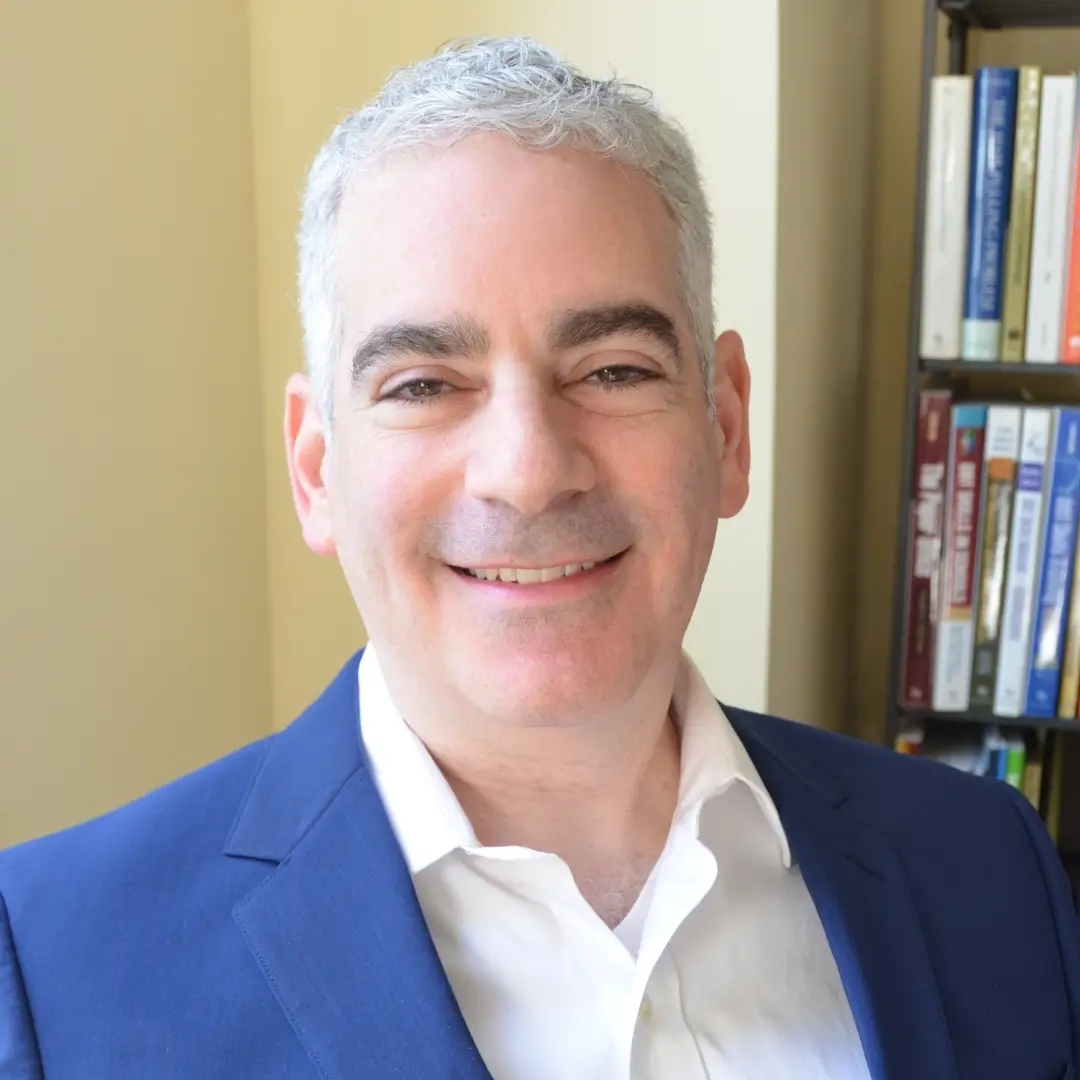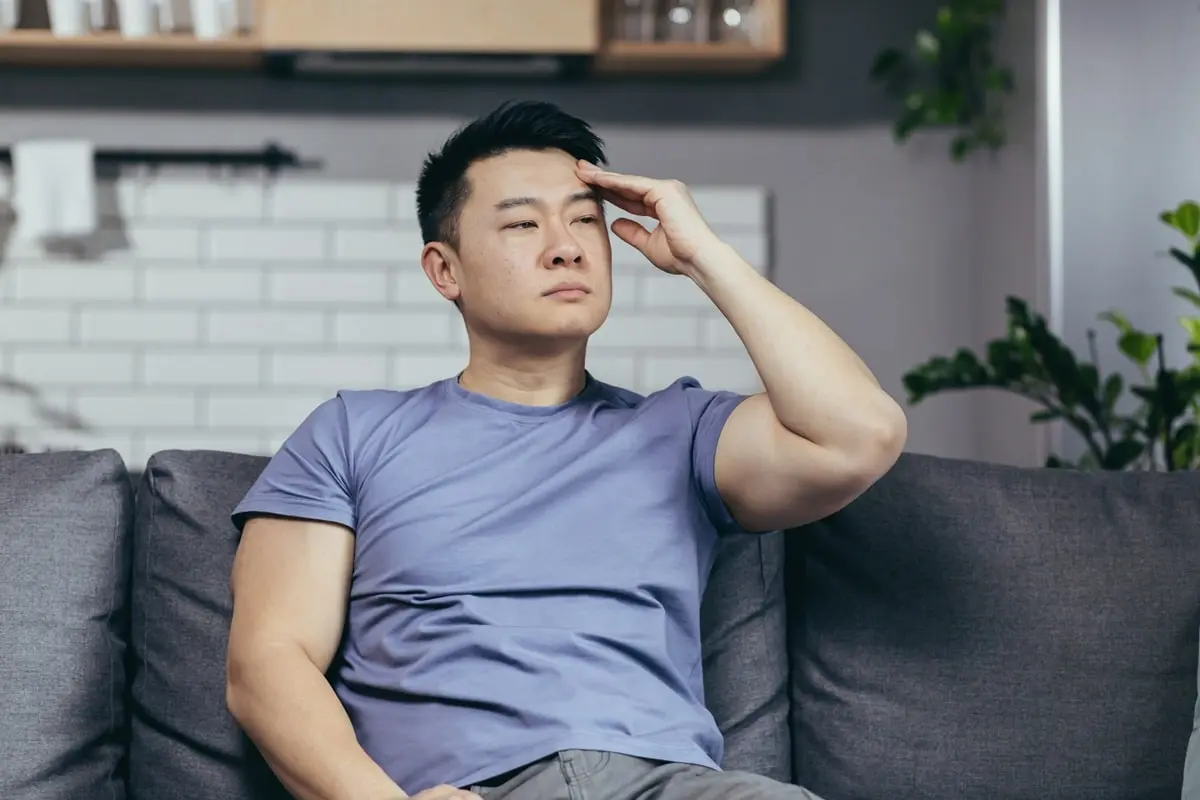OCD comes in many varieties. HOCD is one of them — and it involves obsessive thoughts about one’s sexual orientation. Read on for three stories of HOCD and recovery.
How Do Obsessive Thoughts Work?
Obsessive thoughts come in several varieties. Among the most popular themes for these thoughts are blasphemy, violence, and sex. Obsessions typically consist of a thought (e.g., “I want to pick up that knife and stab myself”) followed by intense anxiety at having had that thought. “Am I Gay?” is an obsessive thought that can create intense anxiety for some people.
Another common characteristic of obsessions is that they are difficult to completely disprove. For example, if someone has an obsessive thought about harming themselves, how can they prove that it’s not true, beyond a doubt? If someone has an obsessive thought like “I hate God,” how can they then convince themselves that they don’t? If someone has an obsessive thought about wanting to sexually molest a child, how can they prove that it’s just an obsession and that they’re not in denial of their pedophilic tendencies? For people with OCD, the uncertainty that accompanies these situations can be very distressing.
This is the paradox of obsessive thinking. We get anxious about the possibility of something that can’t be proven or disproven. The search for such proof only leads to more anxiety. Obsessive thoughts about being gay are one example of this process.
Sexual orientation is not an uncommon theme for obsessive thoughts. They occur most frequently in heterosexual people suffering from OCD. (Someone who identifies as gay, on the other hand, might be vulnerable to obsessive thoughts about being straight.) For the person with this type of obsession, finding immediate proof that one is not gay can be difficult. After all, how do people “know” whether they are straight or gay?
Rob’s HOCD Story
Take, for example, the case of Rob (not his real name), a straight man in his late 30s. Rob struggled with OCD since his late teens. Over the years he experienced symptoms as diverse as excessive hand washing, having to get up and sit down “just right,” and obsessions about harming others. For Rob, the obsessions about being gay started suddenly.
Birth of an obsession
In an airport terminal with time to kill, he wandered into a bookstore. He checked out the various magazines. One of the magazines, Mens’ Vogue, featured a picture of an attractive male actor on the cover. Rob noticed that he had a hard time taking his eyes off the picture, and thought, “I like the way he looks.” This was followed by the thought, “Does this mean I’m gay?” which immediately made Rob very anxious.
He had never even wondered before whether he was gay or straight. He had been in several heterosexual relationships, and had never been involved with another man. In Rob’s alarmed state of mind, he wracked his brain to reassure himself that he was straight.
He looked at the magazines with attractive women on the cover to gauge his reaction. He looked for an attractive woman in the terminal, and finding one, looked at her to see if she “did it” for him. Eventually, Rob was able to reassure himself that he was not, in fact, gay. However, he was not able to prevent the thought from returning. The fear that he might be gay troubled him for years following the airport incident.
HOCD Coping Strategies
How can one cope with these troubling thoughts? There are two strategies often used — one good, one bad. We’ll start our discussion with the bad. (We’ll get to the good one after Sharon’s HOCD story.)

Seeking reassurance about one’s sexuality is perhaps the most common strategy for people with OCD who have sexual obsessions. Seeking reassurance can be either mental or behavioral. For a straight male, mental efforts to reassure oneself could entail trying to remember all the women he previously dated. Similarly, the man might think about an attractive woman and mentally “check” whether the finds her attractive.
It may be more common, however, for the OCD sufferer to engage in behavioral reassurance seeking. This is the strategy that Rob, above, used in the airport. Examples of behavioral reassurance seeking can involve finding members of the opposite sex to interact with or to look at in the hopes of feeling attraction. Some people with HOCD obsessions will begin or continue romantic relationships for the purpose of achieving this kind of reassurance.
Sharon’s HOCD Story
Sharon was 22 when she began to have obsessive thoughts that she was gay. She had been in three romantic relationships, all with men. Sharon had never even entertained the idea that she might be gay.
Ambushed by HOCD Thoughts
Her best friend at the time was a gay woman. One evening, Sharon noticed her friend was acting flirtatiously with her. She thought nothing of it, and was not particularly bothered by it. However, days later, the thought occurred to her: if she didn’t mind her friend’s flirting, then she must actually be gay too. Why else would she have reacted the way she did? This thought sent Sharon into a panic. She felt that a rug had been pulled out from under her, as she had never questioned her sexuality before.
Sharon thought back to her experience in high school and college. She started to wonder if she had missed any hints of attraction to gay women who she had known in the past. Sharon mentally reviewed some romantic and sexual experiences she’d had with men to “decide” whether she had really enjoyed them, or whether she just suffered through them.
Sharon’s Efforts at Getting Reassurance
The more she tried to reassure herself that she was straight, the more unsettled and panicky she became. Eventually, she decided that she needed to become involved with a new boyfriend to feel sure about her sexual identity. However, despite her new relationship and her best efforts, Sharon was unable to free herself of these troubling “gay thoughts.”
What Can Help Someone Like Sharon?
A more helpful strategy called anxiety tolerance can lead to long term reductions in anxiety and obsessive thoughts. Anxiety tolerance for HOCD can be practiced either on one’s own or (ideally) in therapy. When Sharon first came in for treatment, she couldn’t fully grasp the notion that it might help to go through the intense anxiety HOCD thoughts bring up. She had become so accustomed to seeking reassurance about her sexual orientation that it was difficult to imagine doing anything else.
Sharon began Exposure and Ritual Prevention (ERP) therapy. She tried hard to learn to bear the anxiety that came with thoughts about being gay. With the help of her therapist, she trained herself to respond to that anxiety by talking back to it. She would say to herself, “maybe enjoying flirty interactions with my friend means I am gay, or maybe not. It’s hard to tell,” and would then try her best to resist the temptation to figure out whether she was gay or not. This was difficult for her.
Gradual Improvement
After working hard at her exposure exercises, she was able to gradually change her response to the HOCD thoughts. Sharon noticed a decrease in the anxiety that came from the thoughts. Eventually, the thoughts became less frequent, as well as less distressing.
Her therapist explained that through her hard work, she had taught herself to tolerate the anxiety associated with her obsessions instead of giving in to the compulsive urge to reassure herself. Sharon left cognitive-behavioral therapy feeling much better prepared to deal with obsessive thoughts about her sexual identity. Her symptoms had all but disappeared.
The Poorly Understood Phenomenon of Obsessive “Gay Thoughts”
Sharon was lucky to have found a therapist that correctly understood her symptoms as a type of obsessive-compulsive pattern. Many people have come to the Manhattan Center for CBT and described conversations with friends, therapists, and other well-meaning people who have said things like, “it’s okay to be gay,” and “we still accept you for who you are, gay or not,” or even, “I went through a similar tough time when I realized that I was gay.” As well intentioned as these sentiments may be, they are unhelpful to the person with sexual obsessions. The sufferer often comes away from these conversations feeling more misunderstood than before.
Therapy in particular can be dangerous for people with sexual obsessions if the therapist does not have expertise with HOCD. Unfortunately, in these situations patients are sometimes told that their confusion is due to denial or to repression of their true identity. The therapist sometimes says or implies that the sooner they face up to that, the better.
Mike’s HOCD Story
Mike (not his real name) is a heterosexual man who was 21 when he came to see me about his OCD. He had seen two prior therapists who apparently misunderstood his sexual obsessions as a part of the coming out process. Mike suspected he had OCD, and read about research suggesting that cognitive-behavioral therapy can be helpful.
In college, Mike’s friends joked with him that he was “fighting a losing battle” against realizing that he was gay. After struggling with HOCD thoughts through high school and college, he decided to have a sexual encounter with another man in order to gain some certainty about his sexuality. He came away from the experience feeling assured that he was straight, but he described lingering regret that “(he) was so confused” at the time.
Using the techniques of ERP, Mike eventually learned to manage these thoughts by coming to accept the possibility that he might be gay, while at the same time also accepting the possibility that he might be straight. Becoming more comfortable with experiencing uncertainty in combining those two ideas is a key skill one learns from ERP. Although Mike never saw the obsessive thoughts disappear completely, he learned to manage his response to them such that they were no longer distressing.
Subscribe to the Manhattan Center for Cognitive-Behavioral Therapy blog!









